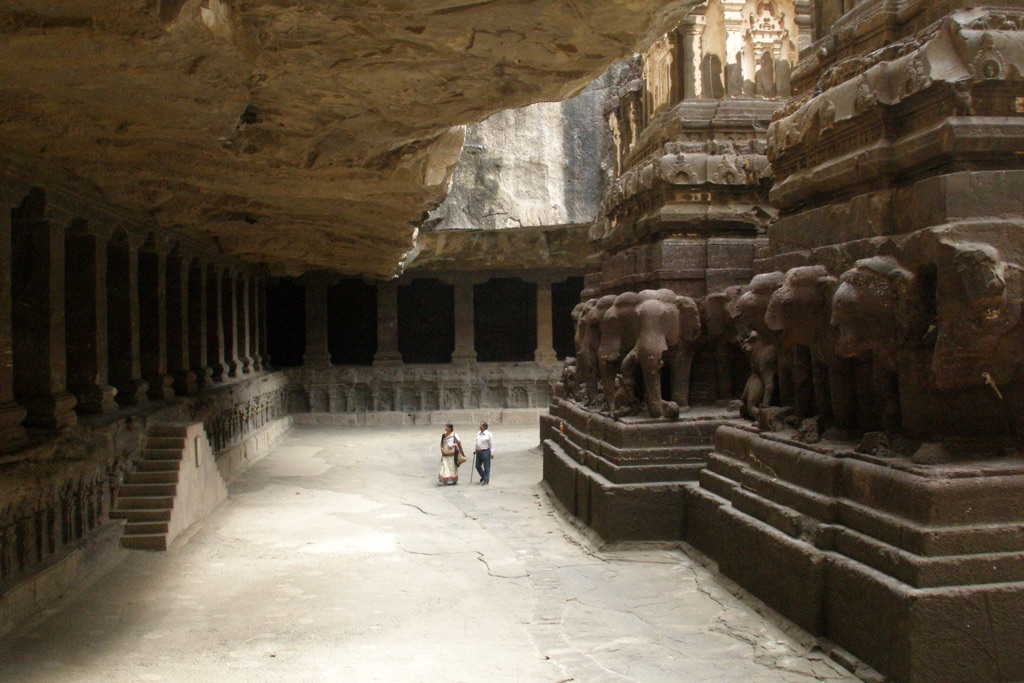The Ellora Caves, a UNESCO World Heritage Site, are an impressive complex of rock-cut temples and monasteries. They represent the epitome of Indian rock-cut architecture. Located in the Aurangabad district of Maharashtra, India, these caves are renowned for their monumental caves and are a testament to the religious harmony prevalent during the period of their construction. The site features over 100 caves, of which 34 are open to the public. These include Buddhist, Hindu, and Jain temples, each illustrating the spirit of tolerance that was characteristic of ancient Indian civilization.
Yadava dynasty
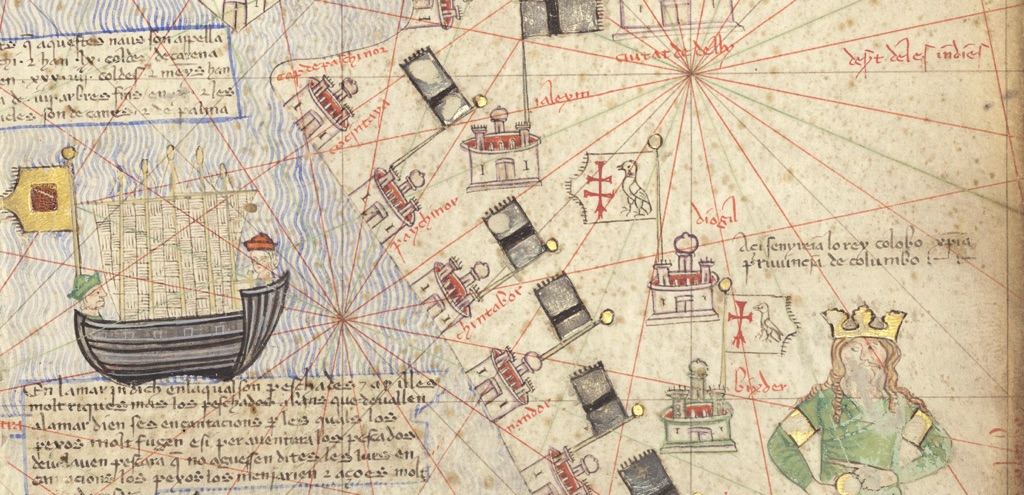
The Yadava dynasty emerged as a dominant force in the Deccan region of India during the late medieval period. They ruled from their capital at Devagiri, present-day Daulatabad in Maharashtra. The Yadavas came into prominence in the 12th century, with Bhillama V founding the dynasty around 1187 CE. They were patrons of education and the arts, and their rule saw a significant growth in literature, architecture, and religious life. The Yadava kings built grand temples and fostered the development of regional literature in Marathi and Kannada. They are particularly remembered for their unique contributions to temple architecture, notably the Hemadpanti style, named after their prime minister Hemadri.
The remarkable era of the Yadava dynasty came to an end in the early 14th century. Their decline was marked by the invasions of the Delhi Sultanate led by Alauddin Khalji and later by Malik Kafur. In 1317 CE, the last Yadava king, Harapaladeva, was defeated and the kingdom was annexed into the Sultanate’s territories. This marked the end of Yadava rule and the beginning of Muslim dominance in the region. The downfall of the Yadava dynasty was due to a mixture of internal power struggles and external pressures. The once-great kingdom that had maintained cultural and political significance in South India disappeared, but its legacy lives on through the temples and literature that continue to be part of the cultural fabric of Maharashtra.
The Yadava dynasty’s influence extended beyond mere political dominance; they played a crucial role in the cultural and social life of the Deccan region. Under their rule, the Deccan plateau experienced a renaissance of sorts, with a flourishing of arts and sciences. The Yadavas were great patrons of scholars and artists, which led to significant advancements in Marathi and Kannada literature. The dynasty’s support for education and the arts helped in the preservation and growth of regional languages and culture, which might have otherwise been overshadowed by the more dominant Sanskrit language and North Indian cultural influences. This emphasis on local culture helped in fostering a unique Deccan identity that was distinct from the northern parts of India.
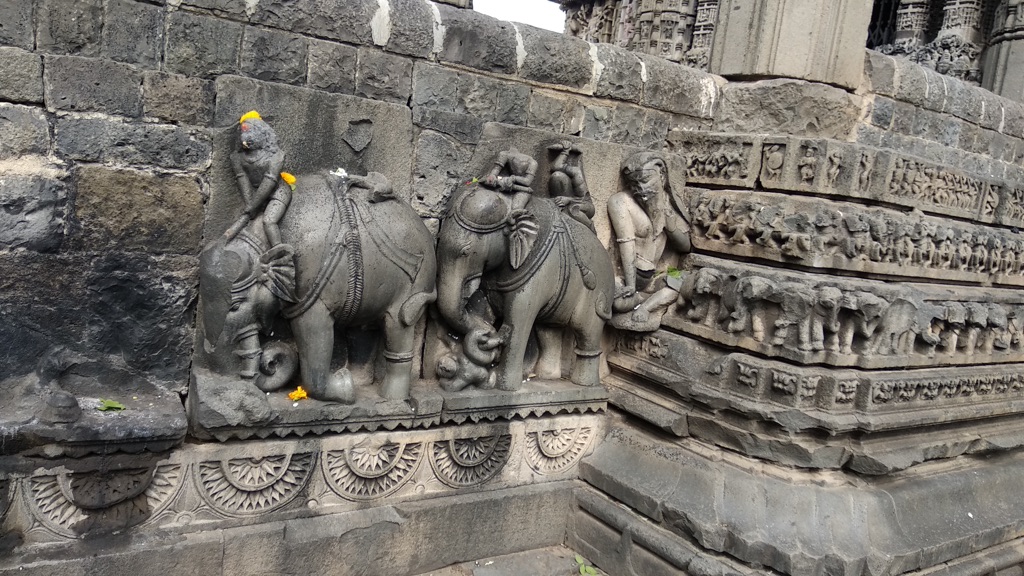
Moreover, the Yadavas were instrumental in promoting religious harmony in their kingdom. They were known to have supported various religious communities, including Hindus, Jains, and Buddhists, allowing these groups to coexist peacefully. The dynasty’s liberal patronage ensured the construction of numerous temples, monasteries, and educational institutions, which became centers of learning and pilgrimage for people from different parts of India. This inclusive approach to governance not only strengthened their rule by ensuring the loyalty of diverse groups but also enriched the cultural and religious landscape of the Deccan region.
The architectural contributions of the Yadava dynasty, particularly in temple construction, have left a lasting legacy. The Hemadpanti style of architecture, named after Hemadri or Hemadpant, the Yadava prime minister, is characterized by its use of locally available black stone and the simplicity of its design. Temples built in this style, such as the Amruteshwar Temple at Ratanwadi, exhibit a unique blend of architectural elements that are not only aesthetically pleasing but also innovative in their structural techniques. These temples stand as a testament to the dynasty’s architectural vision and their commitment to fostering a distinctive cultural identity.
Despite their eventual downfall, the Yadava dynasty’s impact on the Deccan region’s cultural and political landscape was profound. Their efforts in promoting education, arts, and religious harmony contributed to a rich cultural heritage that continues to influence the region. The remnants of their architectural achievements and the flourishing of regional literature during their rule are enduring legacies that celebrate the dynasty’s contribution to Indian history. Even after their decline, the Yadava dynasty is remembered with respect and admiration for their significant role in shaping the Deccan’s historical and cultural fabric.
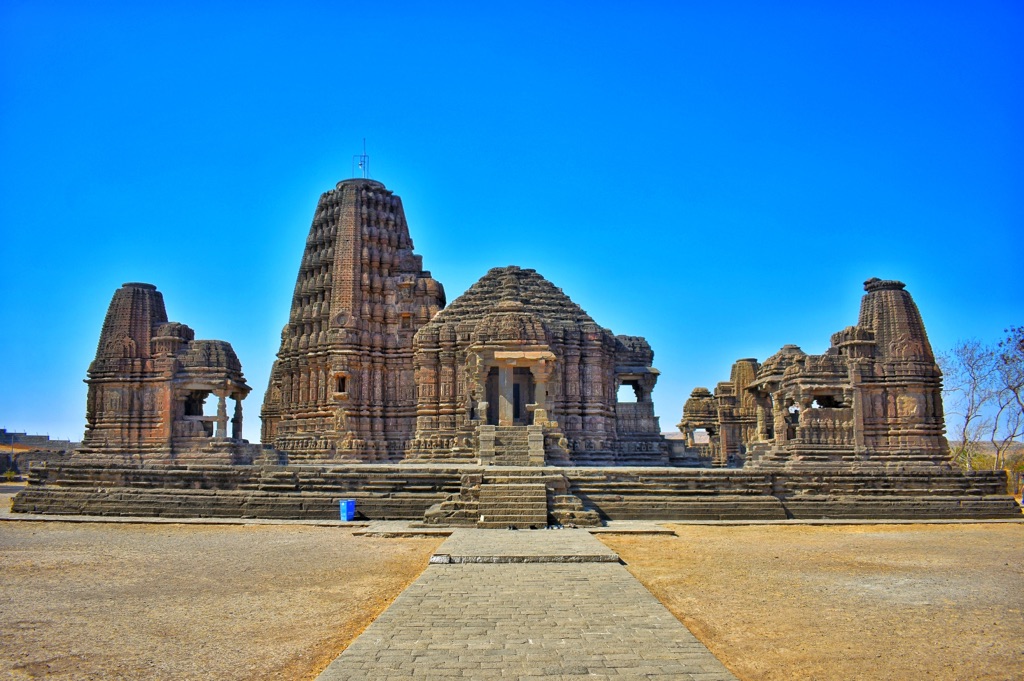
Gondeshwar Temple
The Gondeshwar Temple stands as a testament to the architectural prowess of ancient India. Located in Sinnar, Maharashtra, this temple is a prime example of the Hemadpanthi style of architecture, named after its creator, Hemadri, also known as Hemadpant. Dedicated to Lord Shiva, it is renowned for its intricate carvings and stone construction. The temple complex is a significant historical and cultural landmark, reflecting the religious fervor and artistic skills of the time.
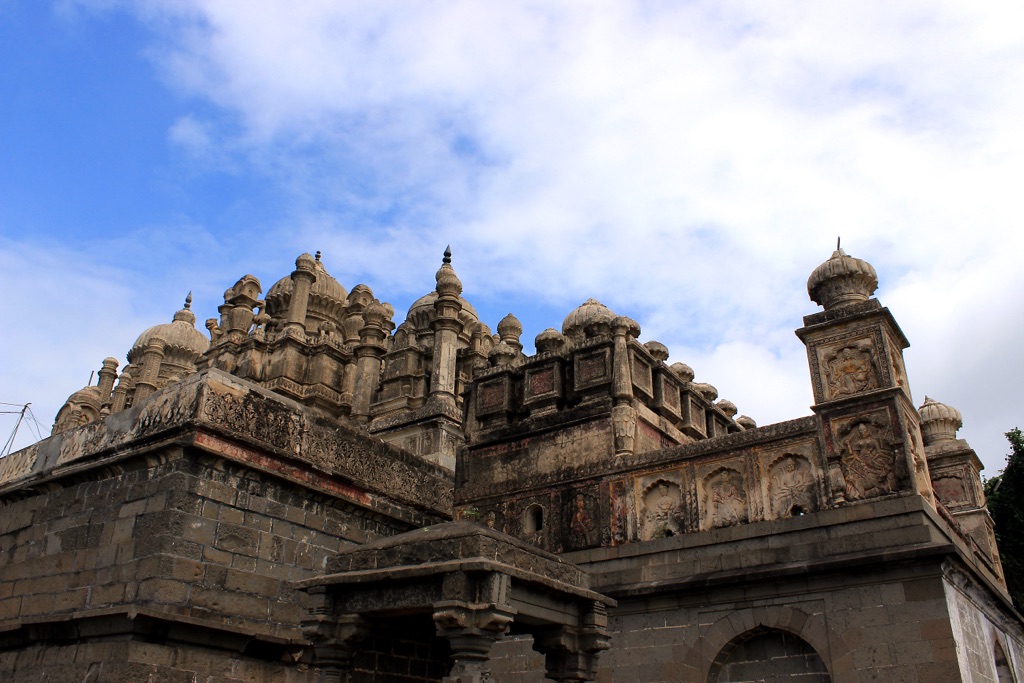
Bhuleshwar Temple
The Bhuleshwar Temple is a historic Hindu temple dedicated to Lord Shiva. It stands majestically on a hill in the Pune district of Maharashtra, India. Known for its exquisite carvings and unique architecture, the temple dates back to the 13th century. It is a fine example of the medieval period’s architectural prowess. The temple’s location provides a panoramic view of the surrounding countryside, which adds to its allure and mystique. Over the years, Bhuleshwar has attracted not only devotees but also history enthusiasts and art lovers.
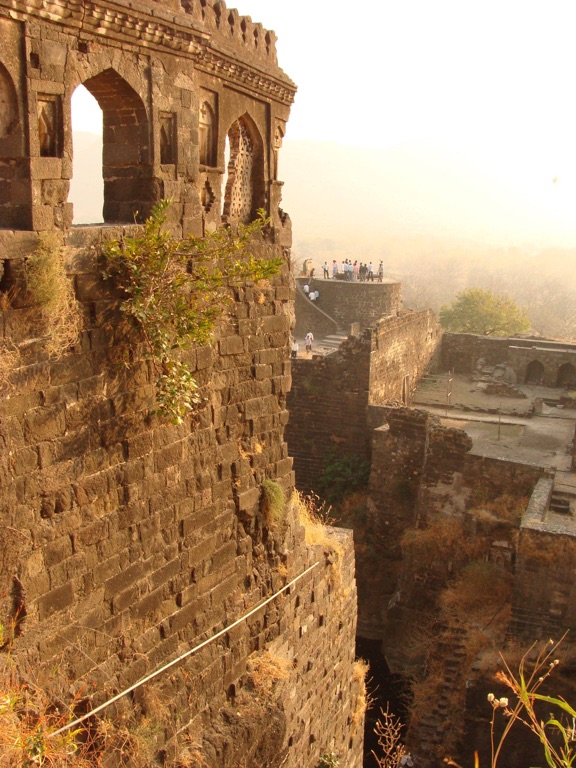
Devagiri Fort in Maharashtra
Perched atop a hill in the Western Ghats of Maharashtra, India, lies the formidable Devagiri Fort, also known as Daulatabad Fort. This 14th-century fortress is a testament to the architectural prowess of the Tughlaq dynasty and is a treasure trove of historical and cultural significance. Its strategic location and unique defense mechanisms make it a fascinating subject for history enthusiasts.

